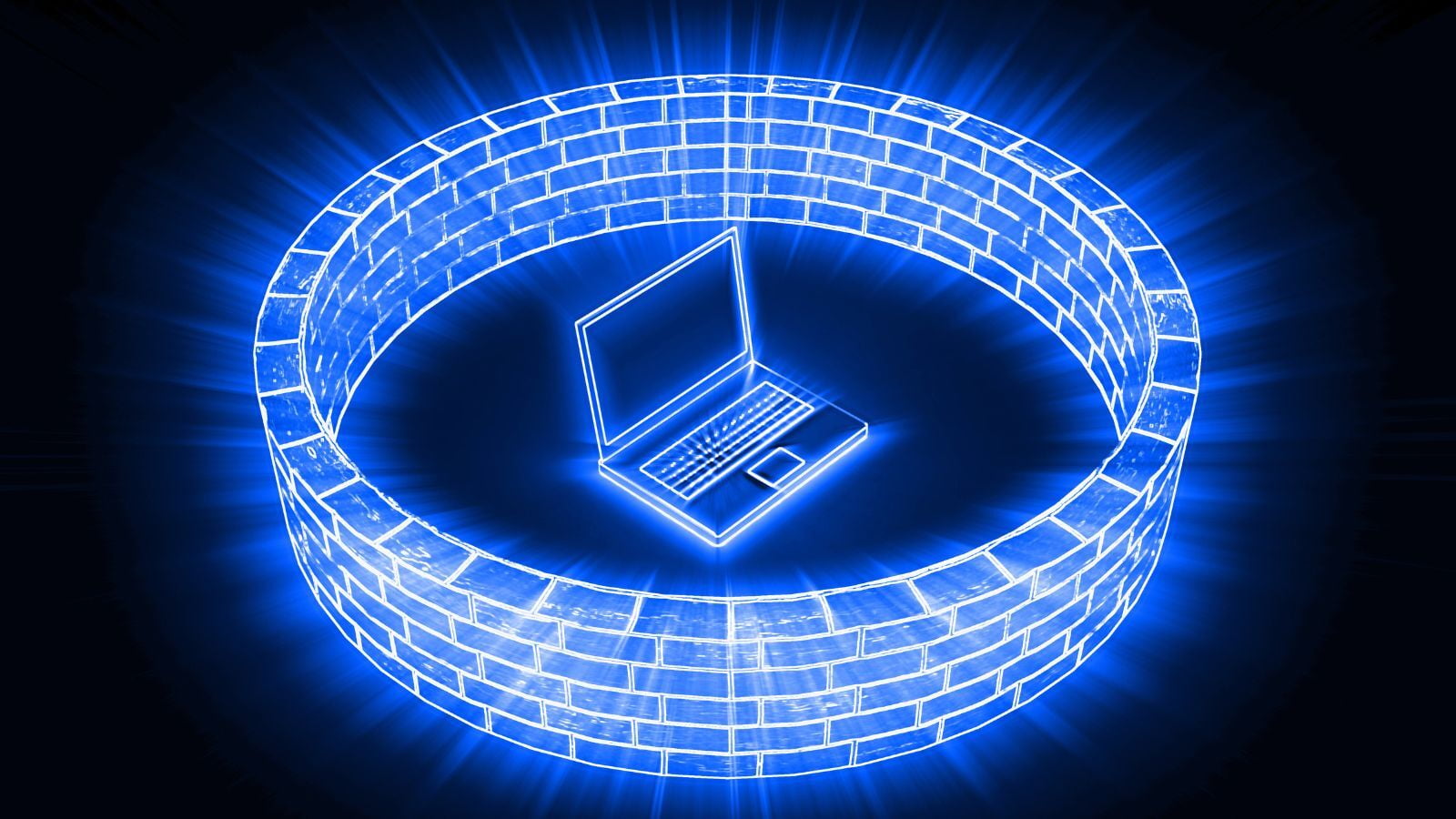Understanding the Essentials of Hardware and Software Firewalls

In the realm of cybersecurity, firewalls serve as crucial barriers against the relentless onslaught of cyber threats seeking to infiltrate networks and compromise sensitive data. Much like their architectural namesake, firewalls act as vigilant sentinels, shielding your digital infrastructure from malicious entities lurking in the vast expanse of the internet. In this informative guide, we'll explore the fundamentals of firewall security, the distinctions between hardware and software firewalls, and the indispensable role they play in fortifying network defenses against cyber adversaries.
1. Defining Firewall Security: At its core, firewall security encompasses a range of technologies and protocols designed to regulate and monitor network traffic, selectively allowing or blocking data packets based on predefined security policies. By establishing a virtual barrier between internal networks and external threats, firewalls mitigate the risk of unauthorized access, malware infections, and data breaches.
2. Hardware vs. Software Firewalls: Two primary categories of firewalls exist: hardware and software variants, each offering distinct advantages and functionalities. Hardware firewalls, deployed as standalone devices or integrated within network infrastructure such as routers and switches, provide centralized protection for entire network environments. These robust solutions offer seamless integration, scalability, and comprehensive security features, making them ideal for safeguarding multi-user networks and distributed systems.
3. Advantages of Hardware Firewalls:
- Centralized Management: Streamlines security administration and policy enforcement across the entire network.
- Enhanced Integration: Seamlessly integrates with existing security infrastructure, including VPNs and load balancers.
- Scalability: Accommodates expanding network requirements and facilitates effortless upgrades or expansions.
- Reduced Administrative Overhead: Minimizes the overhead associated with deploying and managing individual software firewalls on multiple endpoints.
4. Software Firewall Capabilities: Conversely, software firewalls operate at the endpoint level, residing on individual devices to monitor and control network traffic locally. While offering granular control and flexibility, software firewalls are best suited for securing standalone workstations and remote devices. They empower users to define access policies, manage permissions, and customize security settings based on specific requirements.
5. The Need for Comprehensive Protection: In today's cyber landscape, a multi-layered approach to security is imperative to mitigate evolving threats and vulnerabilities effectively. While both hardware and software firewalls serve distinct purposes, their combined deployment offers unparalleled defense against diverse attack vectors. Industries handling sensitive data, such as healthcare and financial services, often mandate the use of both firewall types to ensure regulatory compliance and data protection.
6. Tailoring Firewall Configurations: Effective firewall deployment hinges on meticulous configuration and customization tailored to the unique needs and risk profiles of organizations. By optimizing firewall settings, organizations can strike a balance between robust security measures and seamless network performance, minimizing disruptions and maximizing productivity.
In an era defined by escalating cyber threats and relentless attacks, firewall security emerges as a linchpin of modern cybersecurity strategies. By leveraging the synergistic capabilities of hardware and software firewalls, organizations can fortify their network defenses, safeguard sensitive data, and uphold regulatory compliance. As cyber adversaries continue to evolve and innovate, investing in comprehensive firewall solutions remains paramount to securing the digital assets and operations of businesses worldwide.

